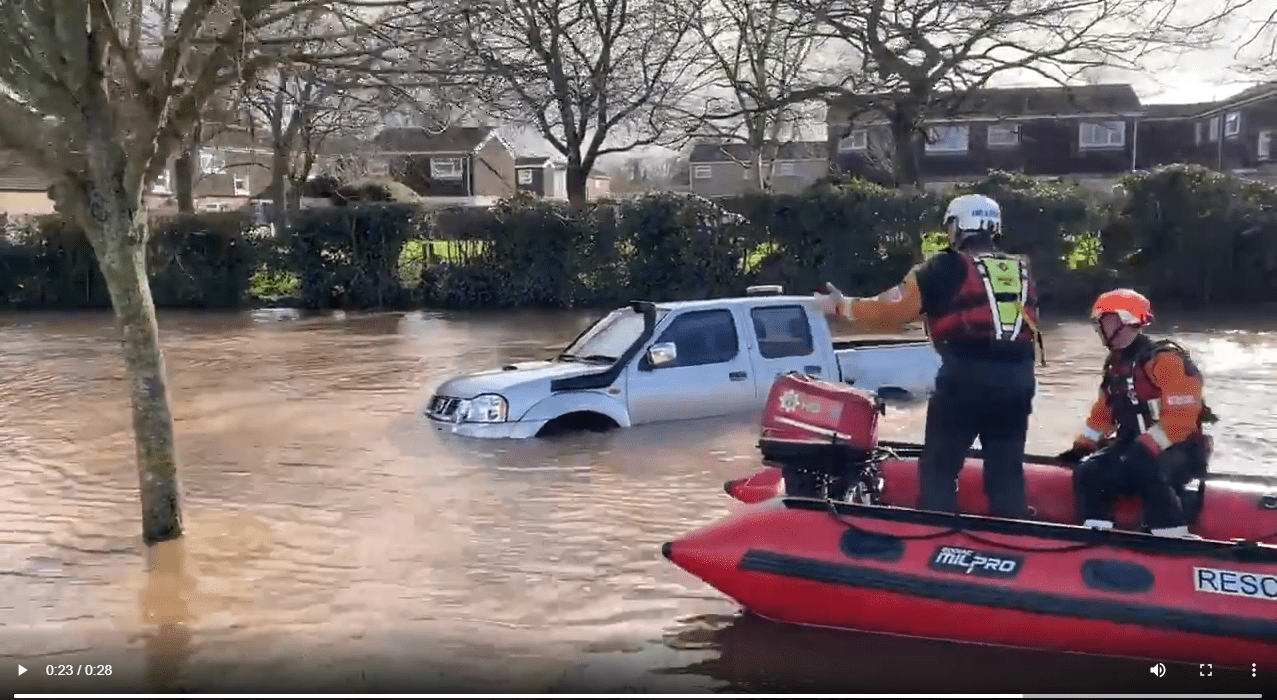
Video courtesy of Christine Megson
A bogged 4x4 needn’t become part of the landscape, like a rusted ship at sea – a good recovery effort can usually unstick even the most stubborn of vehicles.
But not everyone knows what they’re doing when it comes time to save a car that’s up to its axels in mud. 4x4 recovery can be equal parts serious and hilarious. Here are some of our top picks we’ve found from around the Internet – and we’ll also show you how you can avoid ending up on a YouTube fails compilation list yourself.
Pop! Goes the Snatch Strap
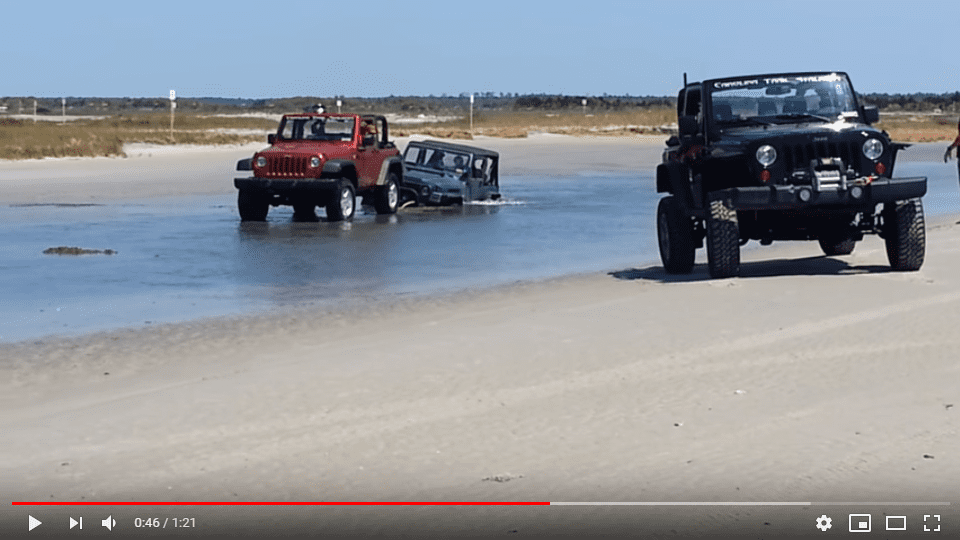
Video courtesy of Edgar Cisneros
Any experienced driver can see what’s going to happen here, long before it actually happens. In this bogged 4WD recovery, the red Jeep takes a running start, and the bogged Jeep goes nowhere. On the second attempt, the snatch strap snaps and flies into the back of the Jeep attempting to do the recovery.
Meanwhile, the winch on the third Jeep is for… decoration?
How to Do This Recovery the Right Way
When using a snap strap, don’t use foot-to-the-floor acceleration when taking off. Instead, use a form of controlled momentum to stretch the snap strap taught. The strap will then rebound, and that energy is what will help pull the bogged car out. Using a shovel to clear away some mud (assuming there isn’t too much water around) can help, too.
Snatch straps are often used in 4x4 recovery as a first resort, when really there are other steps you should take to recovery before grabbing the handy strap. When used too hastily and on their own (i.e. without digging into the mud or using recovery tracks), they tend to snap and go flying through the air fast enough to injure someone. Speaking of which…
Feeling Ballsy?
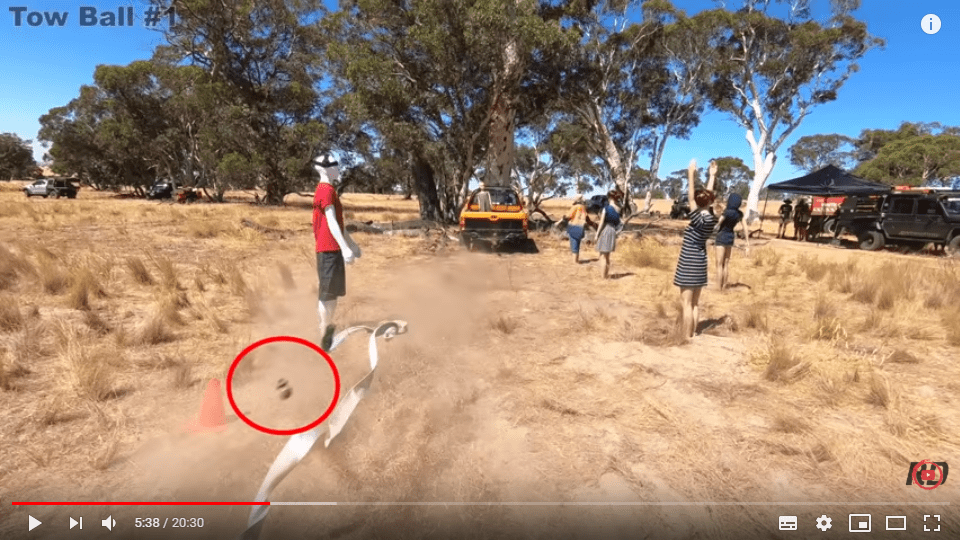 Video courtesy of Ronny Dahl
Video courtesy of Ronny Dahl
Hands up if you like receiving fast-moving metal projectiles to the face. Anybody?
We (and many others) have said it time and time again: stop using tow balls for 4x4 recovery. Tow balls are brittle and break off easily under pressure. They may not snap off the first time, or even the fifth time, but as Ronny Dahl’s testing video shows, they will snap off and there’s a good chance that they hit and injure or kill someone – whether it’s a bystander or the driver of the recovery vehicle.
While this isn’t a typical “fail” video, we think it does a very good job at conveying a serious message.
How to Do This Recovery the Right Way
Use only rated recovery points in 4x4 recovery. These have a load capacity that tow balls simply cannot match and are actually designed for towing heavy vehicles.
You’re Going to Dig Him Out, Right?
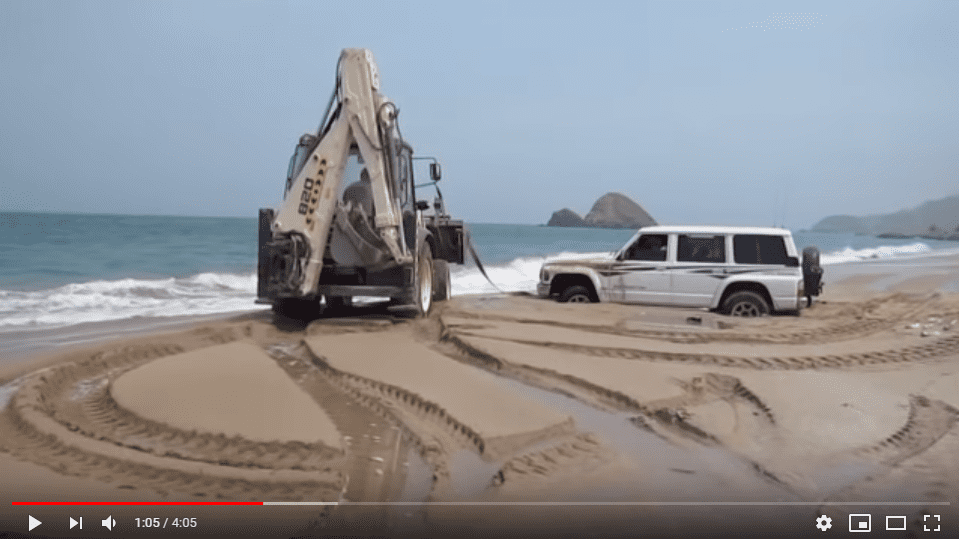
Video courtesy of Hughie Ross
We’re pretty sure this is one of the most awkward rescue videos we’ve ever seen. Ladies and gentlemen, marvel at the genius that is this backhoe (apparently it’s not a tractor) trying to pull off a bogged 4WD recovery. At first, we thought it was there to dig the 4WD out, but the backhoe driver doesn’t seem to know what he’s doing.
How to Do This Recovery the Right Way
If you actually take a backhoe on your 4x4 trips and have one at your disposal, use it to dig the trapped vehicle out. If you’re operating a regular 4x4 and are undertaking a normal 4x4 recovery, dig the wheels out, let some air out of the tyres, get behind the vehicle (don’t pull sideways!), use a snatch strap, and gradually pull it free. Recovery tracks will help you here as well.
It’s All Greek to Me
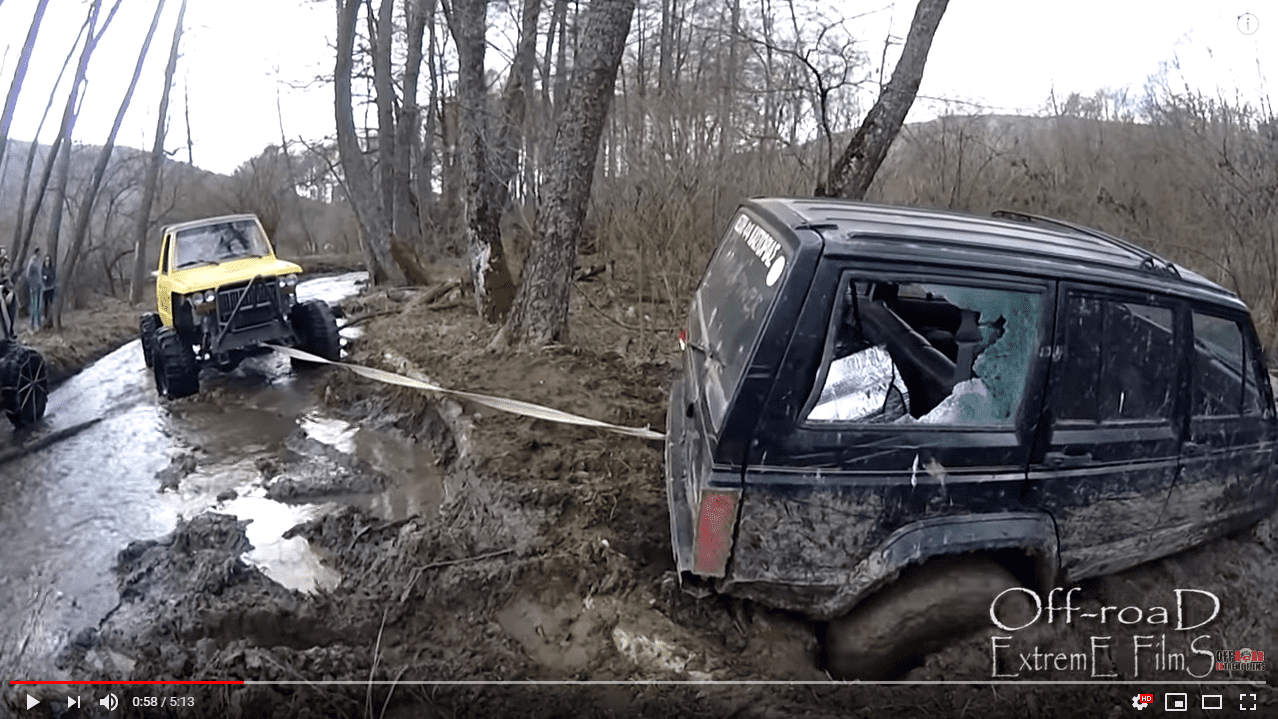
Video courtesy of Off Road Extreme Films
There’s quite a bit to be said about this Greek 4x4 recovery effort, but one of the biggest things that sticks out is that they’re trying to pull the poor bloke out in reverse. The gear setup in your 4x4 means that it has more power while moving in a forward motion – trying to pull out in reverse is just going to make everything much harder.
Also: y’all are standing way to close. And for crying out loud, why isn’t anyone getting a shovel?
How to Do This Recovery the Right Way
Always do your recoveries in a forward motion to increase the power in your pull, keep bystanders at a safer distance, and consider getting dirty and digging some mud out from around tyres or (if the terrain weren’t so wet) use a jack for some lift.
You’re Only as Strong as Your Weakest Link
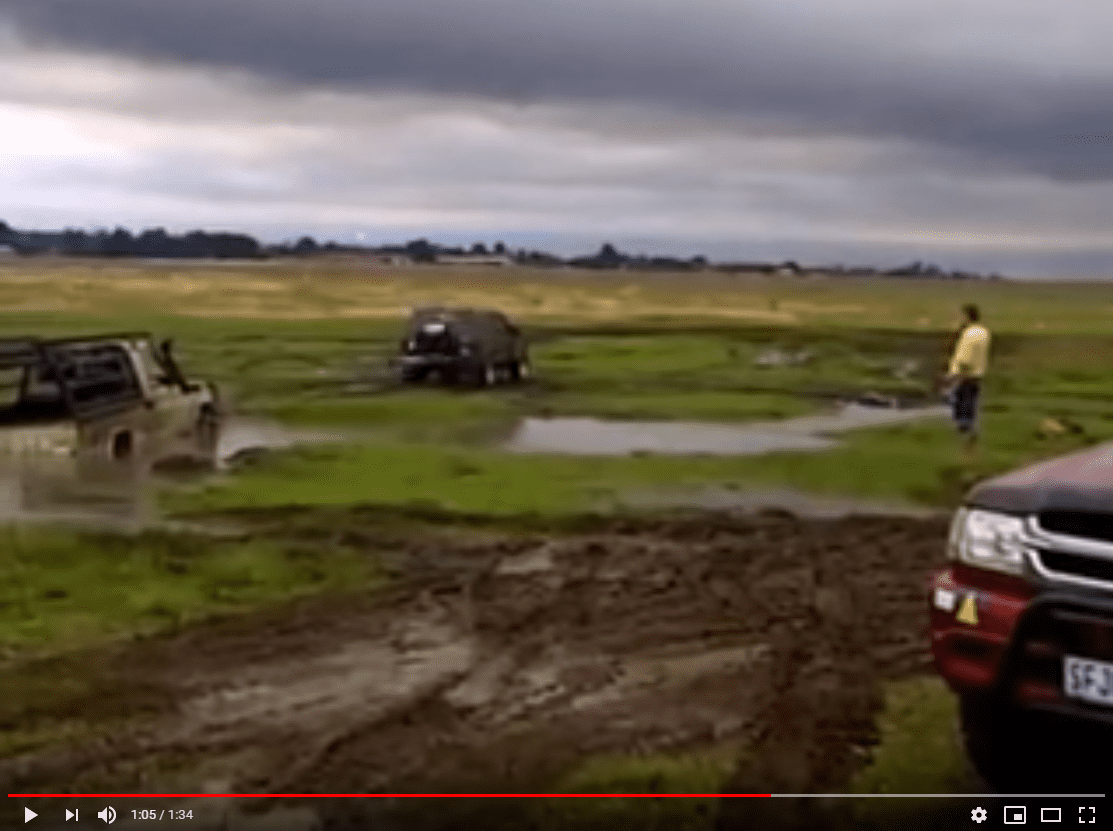
Video courtesy ArcaneArcadeVideo
Due to the quality of the video, we weren’t quite sure what was going to happen – we knew something was going to break, but we didn’t expect the back of the 4WD to fly clean off. It looks like a strap has been attached to the spare tyre… it’s shame they don’t have a spare door, too.
There’s more to how much power your 4x4 has. From the condition of your vehicle to the correct set up, you’re only going to be as strong as the weakest part of your recovery plan.
How to Do This Recovery the Right Way
To reiterate what we said earlier: use your rated recovery points. Also check all over your car before using it in a recovery. Check out the condition of your chassis as well as the bolts of your recovery point, and tighten any bolts if need be. Also, make sure your 4x4 recovery equipment is in good condition, with no nicks and tears in your straps.
With a little extra effort and care, your next 4x4 recovery will be just that: a recovery, and not a disaster. If watching these videos has reminded you that maybe some of your off-road gear needs a bit of an upgrade, check out our range of 4x4 and touring products, and make sure you’re ready for your next tour among the wilderness.


.png)